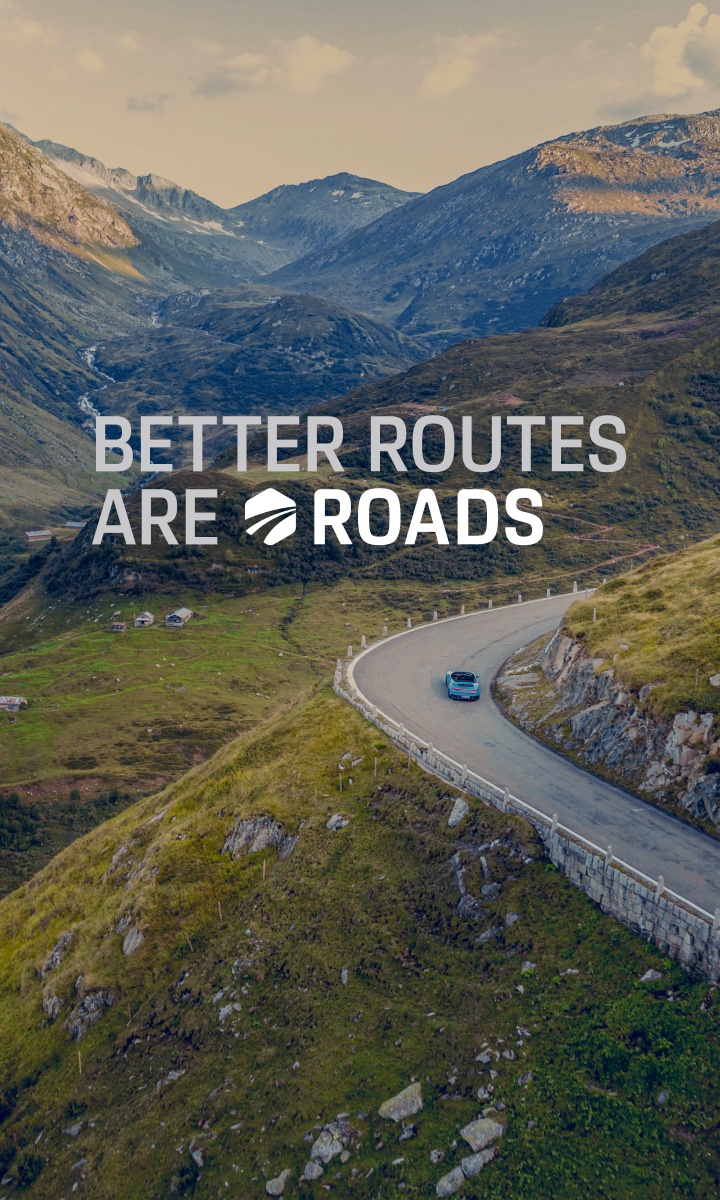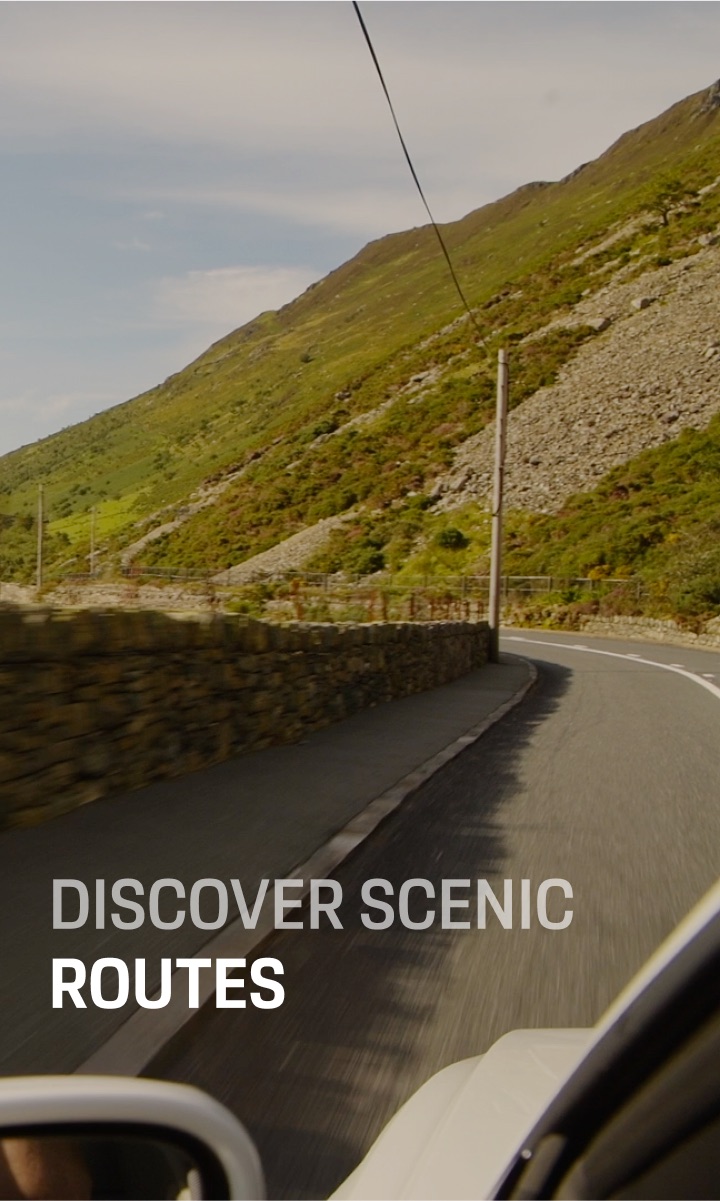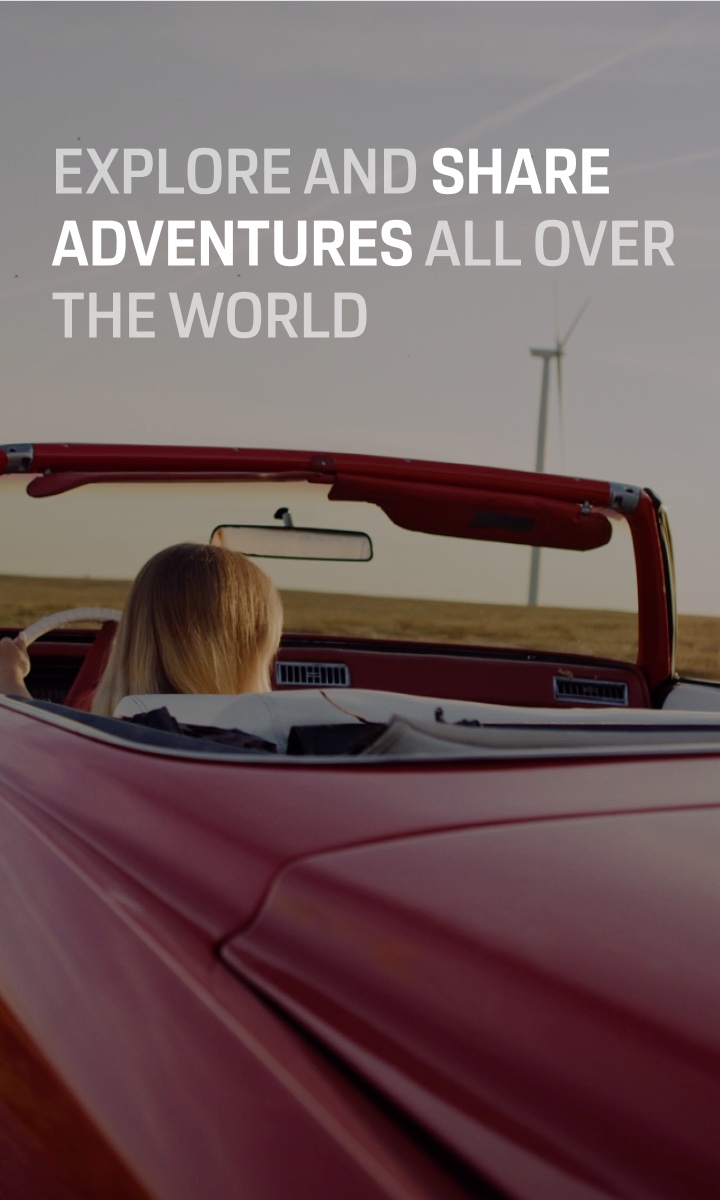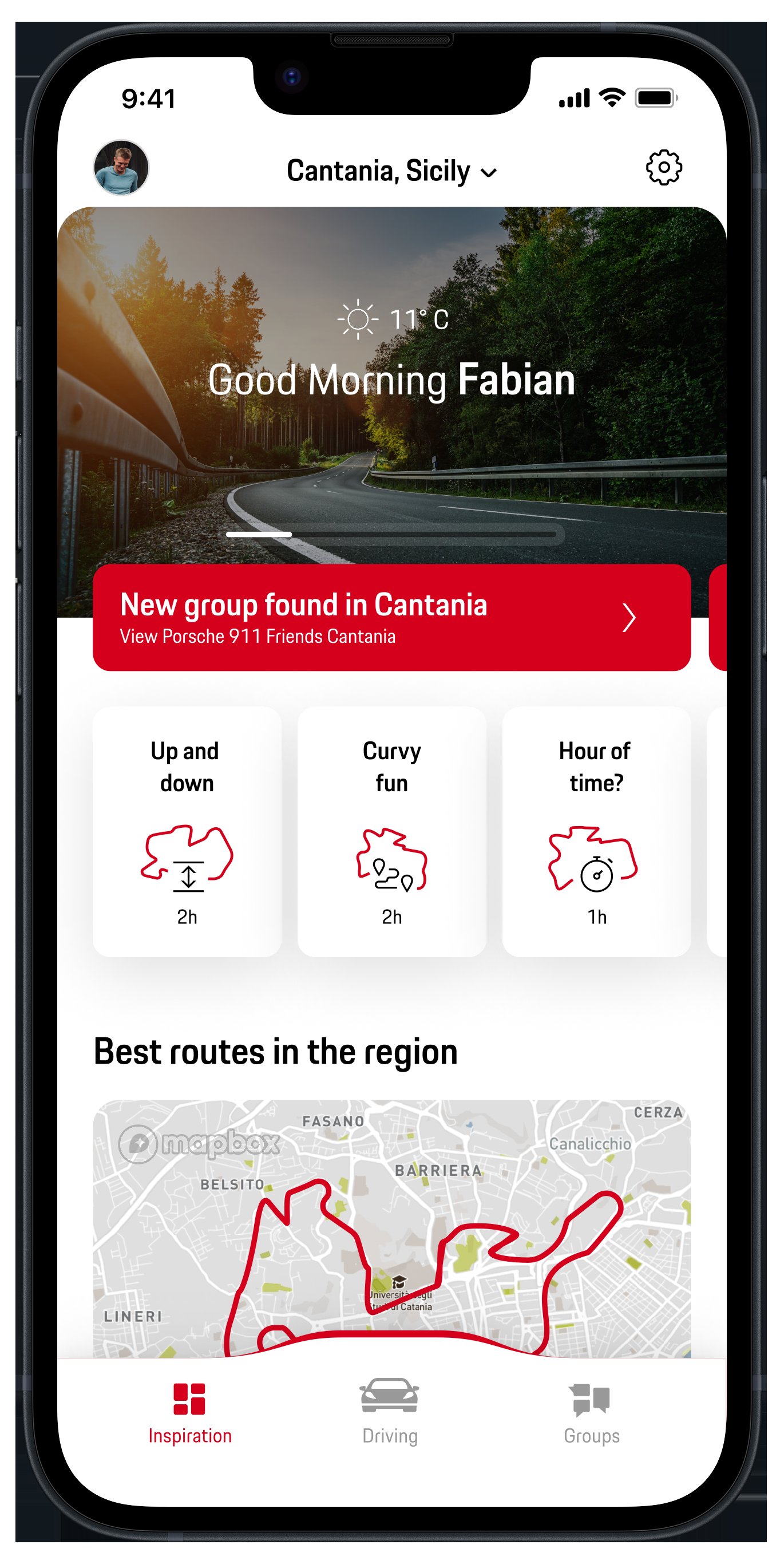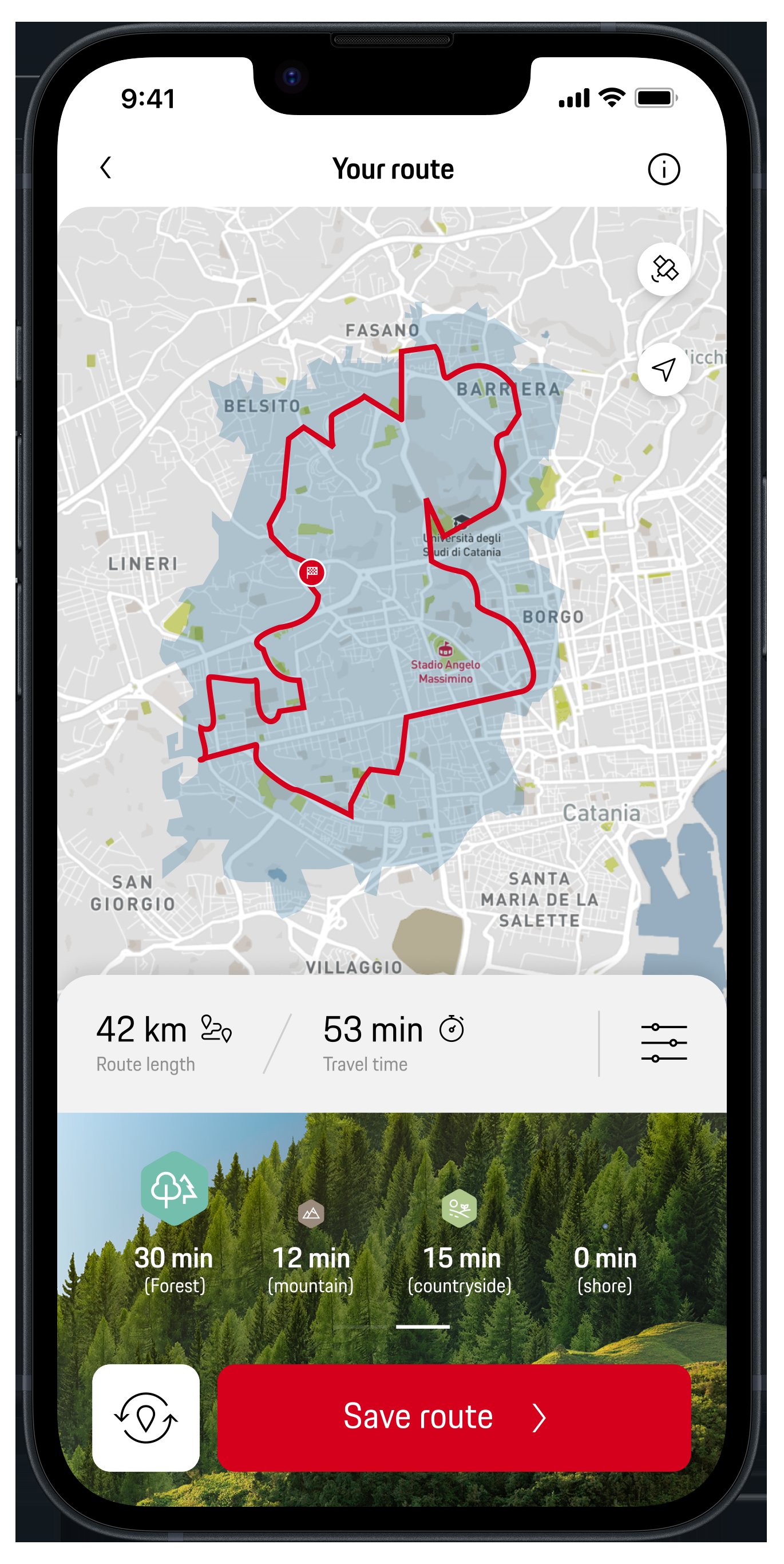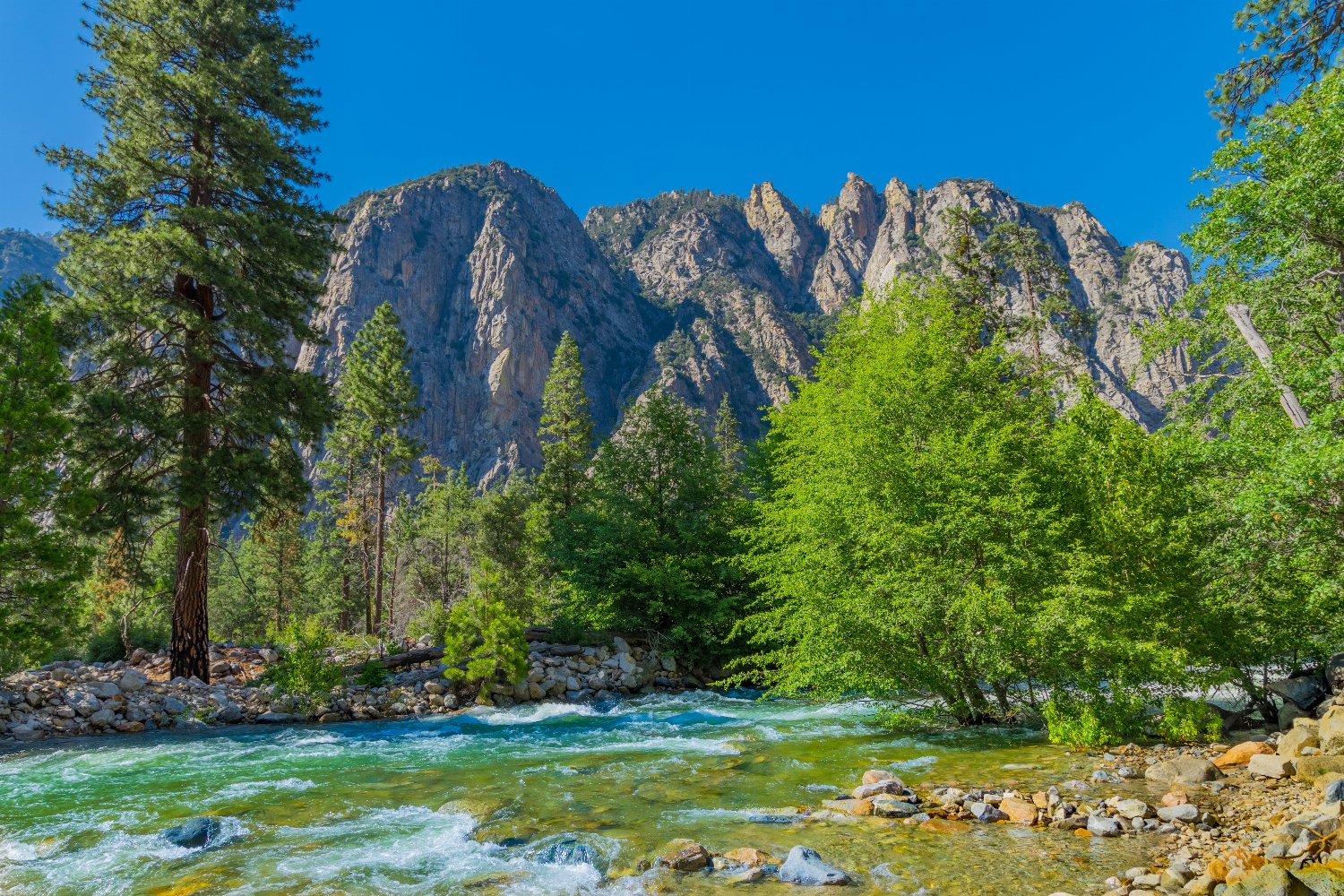
Land of Plenty: Kings Canyon National Park
Hike Along the Kings River to the Remote Reaches of the Sierra Nevada
Among California’s national parks that span the Sierra Nevada mountain range, Kings Canyon National Park quietly and beautifully blossoms in the sizable shadow cast by its bigger brother – Yosemite. While Yosemite stands most prominent and draws the largest crowds, Kings Canyon remains somewhat of a hidden gem. From rugged peaks and canyons teeming with wildlife to the rushing Kings river and ancient forests that are home to the world’s tallest trees, this pristine portion of wilderness encapsulates the majesty and diversity of the southern Sierra.
Natural Neighbors: Sequoia and Kings Canyon National Parks
Neighboring Sequoia National Park, Kings Canyon is located to the east of Visalia – in the southern slopes of California’s Sierra Nevada mountain range. Covering 186,900 acres (755 square kilometers), the park was established on 4 March 1940, by President Franklin D. Roosevelt. Today it welcomes roughly 600,000 visitors a year.
Both Kings Canyon and Sequoia have a combined 866 miles (1,400 kilometers) of hiking trails, criss-crossing through a landscape reminiscent of Yosemite – with deep valleys, sheer cliffs, and forested slopes. Between them, the two protected areas contain the three largest trees in the world, while Kings Canyon National Park is also home to Redwood Canyon – the largest remaining grove of redwoods in the world.
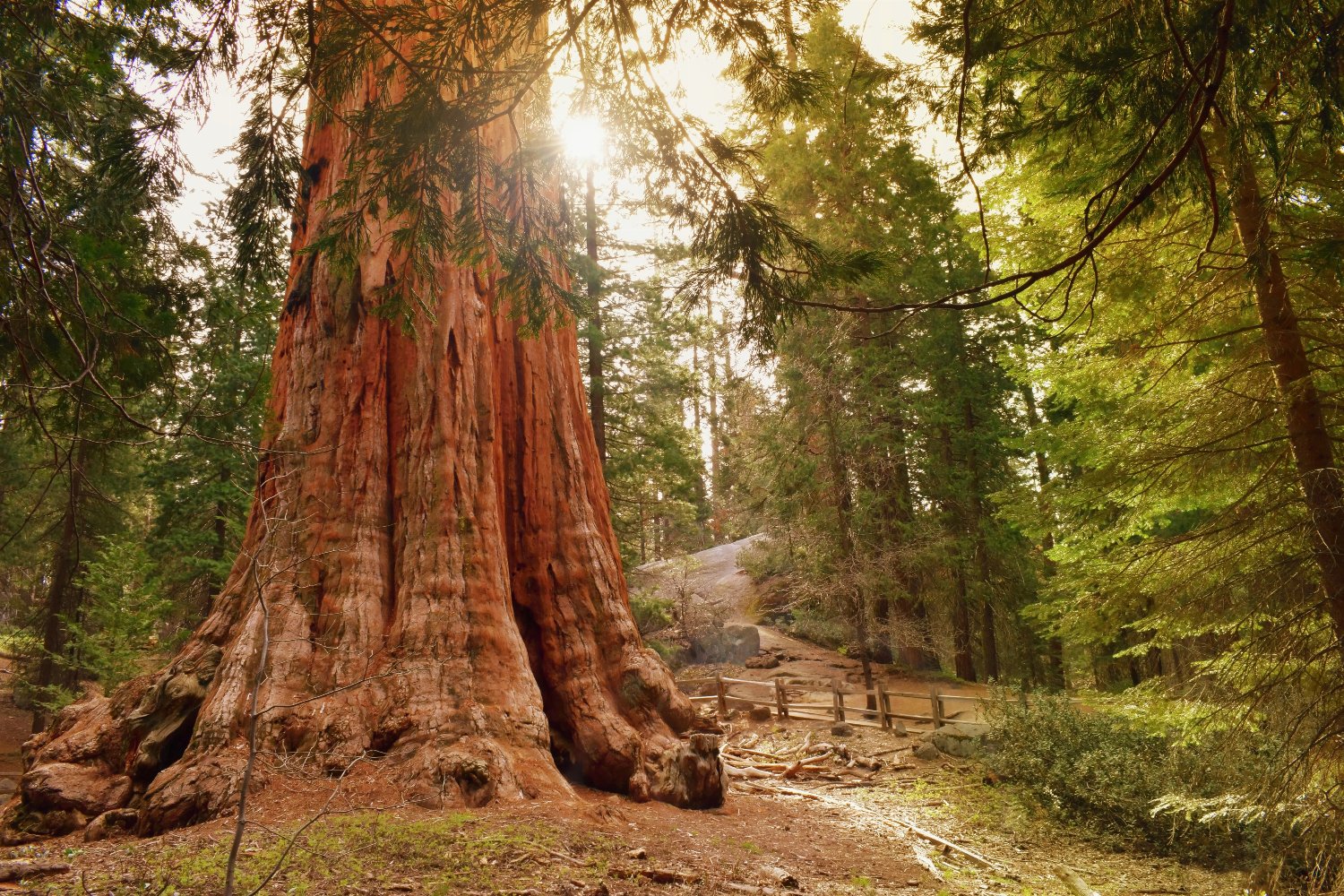
General Grant’s Giant Redwood Trees
The most impressive trees are found in General Grant Grove: A relatively open and towering stretch of woodland that comprises one of the park’s main sections. The largest of them all is the eponymous General Grant Tree, a redwood with a staggering trunk volume of 146,608 cubic feet (4150 cubic meters) – making it the second largest tree in the world. Dubbed the “Nation’s Christmas Tree” by President Calvin Coolidge in 1926, it has gained folkloric status country-wide.
While in this neck of the woods, you should also visit the Fallen Monarch tree – a stately log that was hollowed out by fire before it fell over 300 years ago. Take a walk through the trunk to truly appreciate the scale of the giant redwood trees.
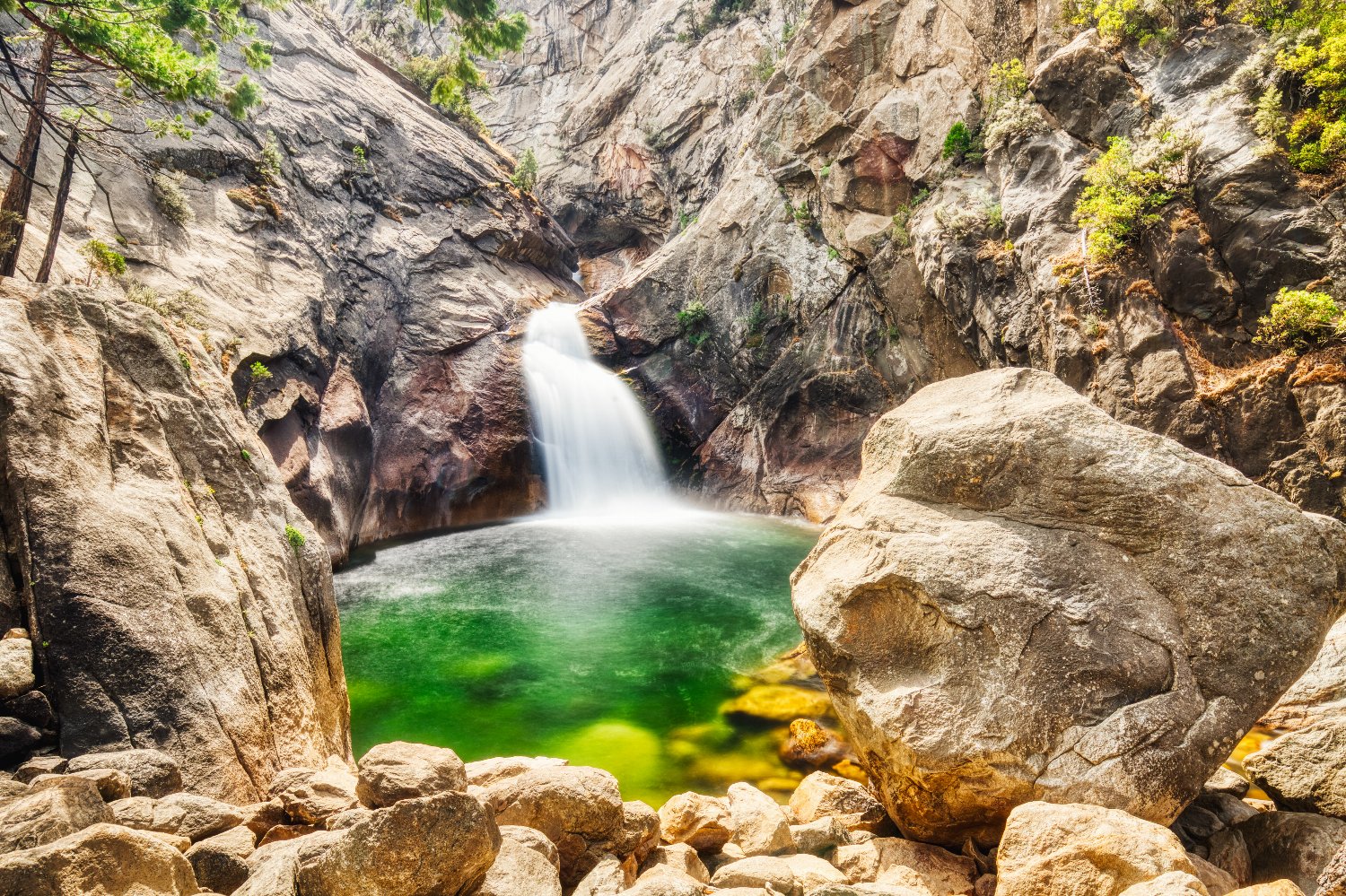
The Ultimate Checklist for Your Visit to Kings Canyon
Once you’re done exploring in Grant’s Grove, there’s plenty more to see and do throughout the rest of the park:
- Cedar Grove Area: Gentle routes follow the meanderings of the Kings River, while tougher trails head up into the mountain wilderness – offering stunning views of the canyon and river below.
- Panoramic Point Road: Drive all the way to the end and park up at the scenic overlook for commanding views of a pine-carpeted valley, the Hume Lake, and the majestic peaks of the Sierra.
- Kings River Route: It’s worth following this scenic drive all the way to the Roaring River Falls – where white water plunges into an iridescent green lagoon, surrounded by sheer rocks.
- Boyden Cavern: This spectacular network of subterranean marble chambers is made up of impressive stalagmites, stalactites, and psychedelic flowstone formations. Walking through it takes around 50 minutes.
- Zumwalt Meadow: Nestled within the high granite walls of the canyon, this serene space is alive with wildflowers and tall conifers. It boasts one of the best day-hikes in the park.
Planning Your Visit: Kings Canyon By Car
Kings Canyon National Park is connected to Sequoia National Park via the CA-198 E – more commonly known as Generals Highway. The scenic stretch of road winds up and down pine-carpeted slopes, and it takes roughly 45 minutes to drive the 26 miles (40 kilometers) from the Lodgepole Visitor Center in Sequoia to Grant Grove in Kings Canyon. You can also enter the park from the west via Fresno on Highway 180.
